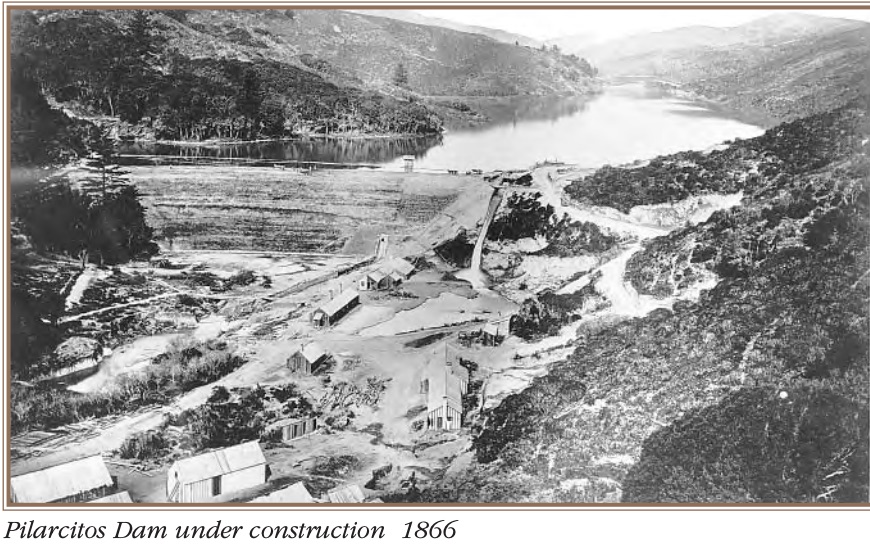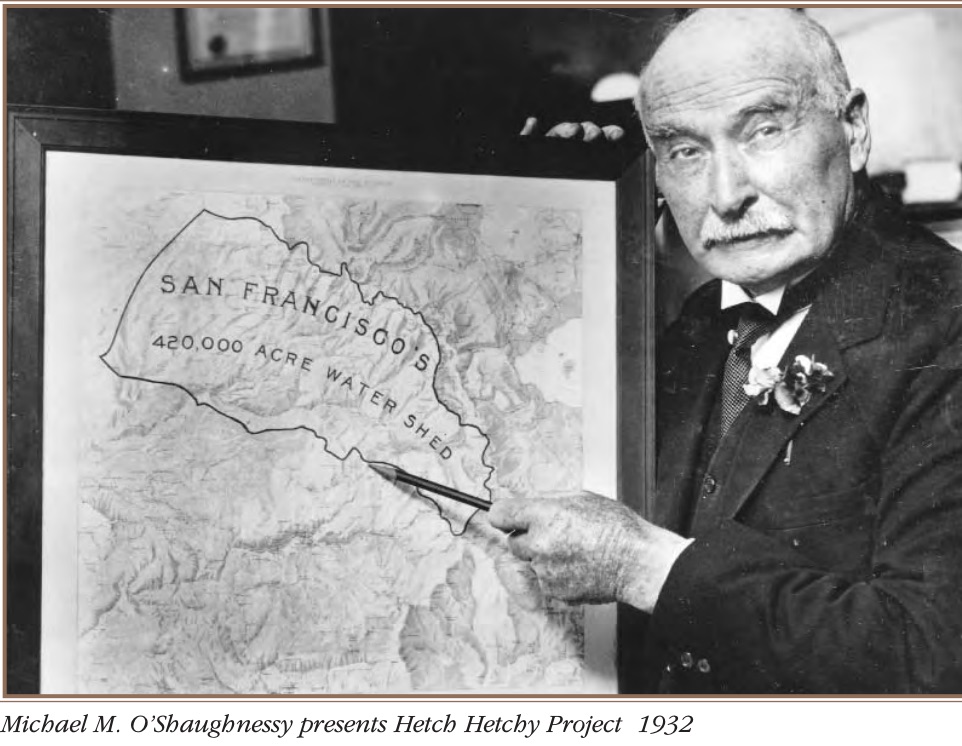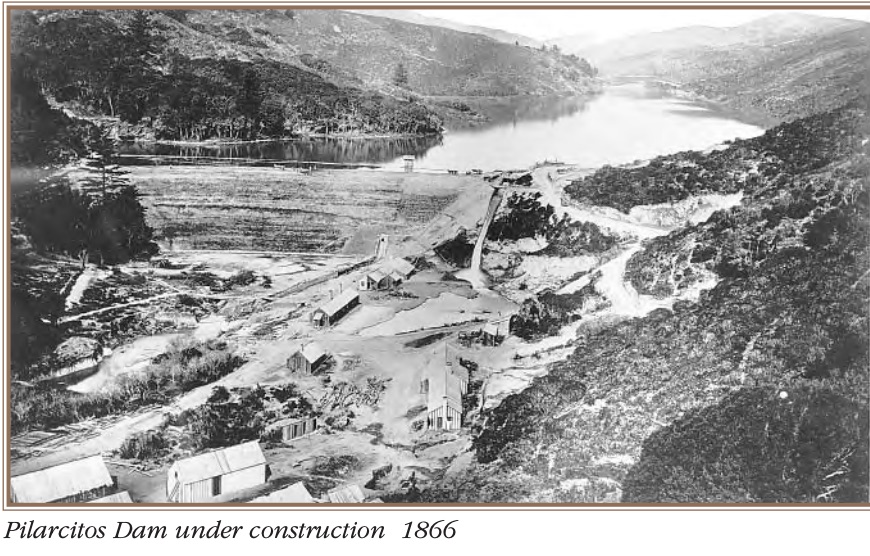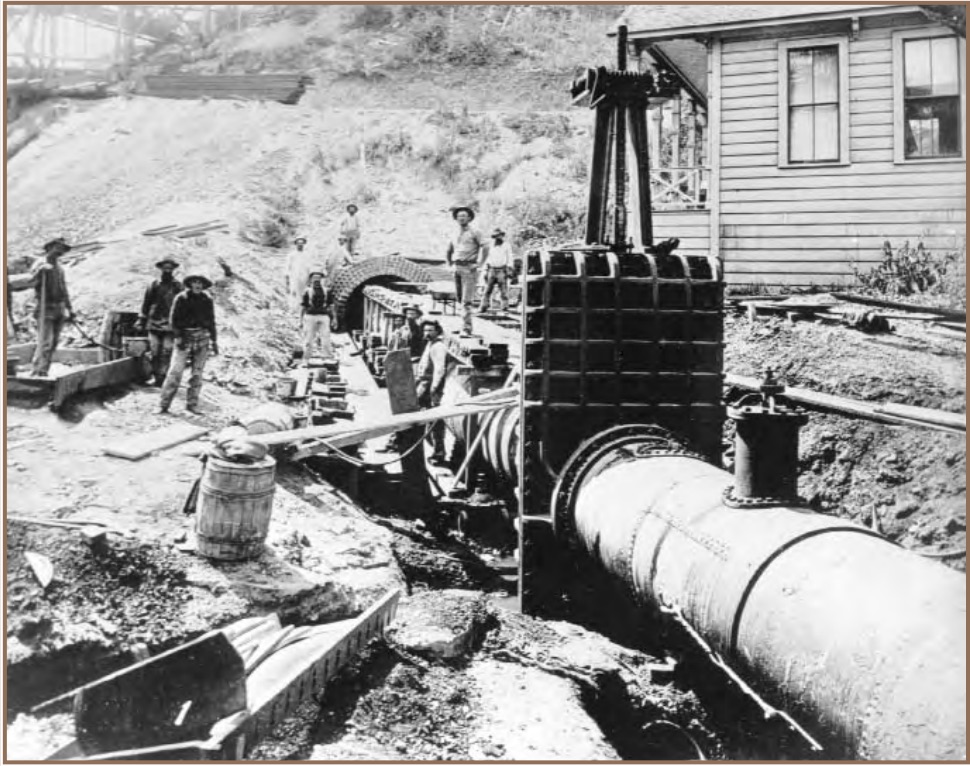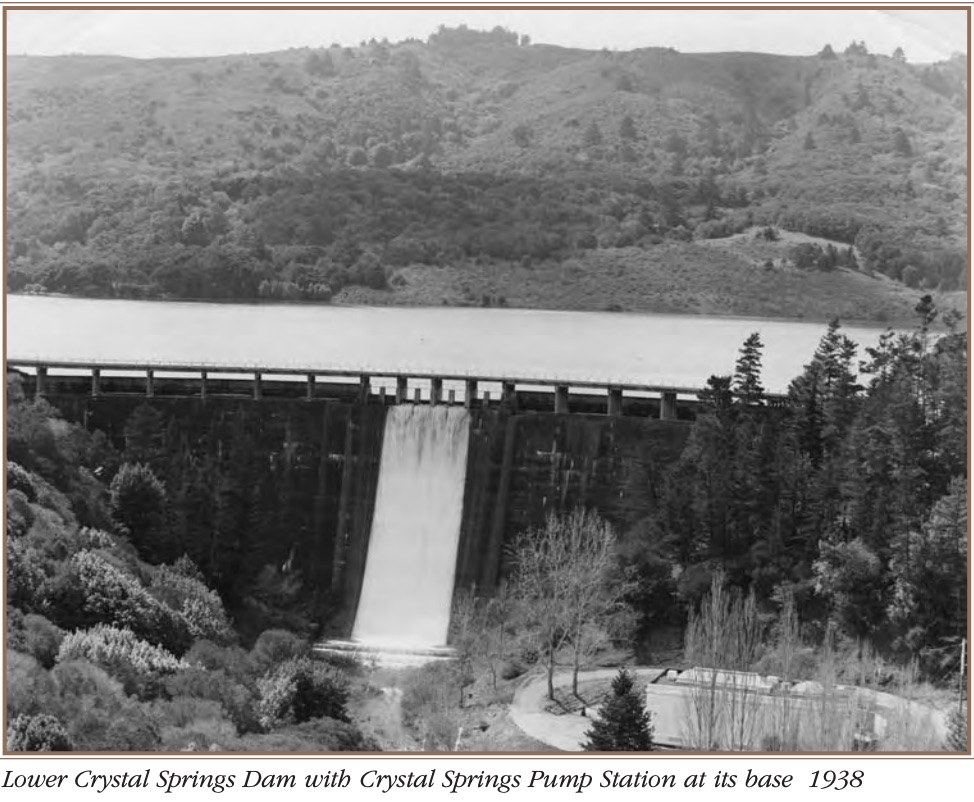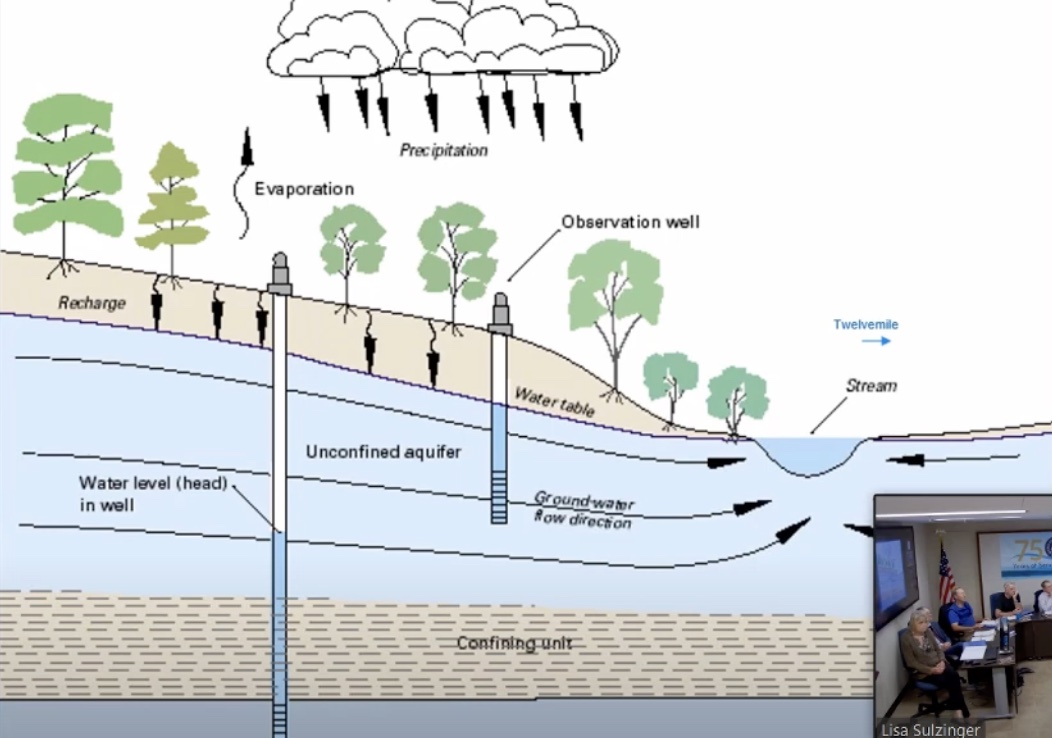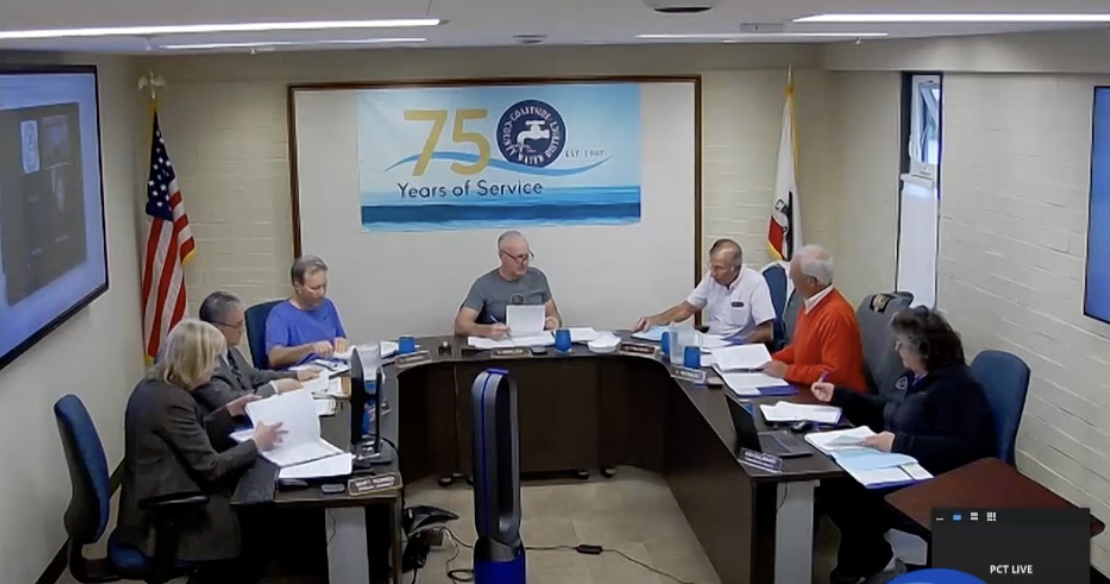|
Getting your Trinity Audio player ready...
|
SFPUC 2005 WHITE PAPER.
Forward From the Editors
This 2005 edition of San Francisco Water and Power, A History of the Municipal Water Department and Hetch Hetchy System celebrates the extraordinary events and memorable leaders who conceived, designed and built San Francisco’s water system with foresight to provide today’s Bay Area with high quality drinking water supplies.
The Full White Paper
San Francisco’s water system developed over time from the streams and wells of its earliest days to today’s complex system of dams, reservoirs, tunnels and pipelines that brings water from the high Sierra Nevada by gravity across California to join from the East Bay and San Francisco Peninsula.
San Francisco’s need for reliable water supplies after the devastation of the Great Earthquake and Fire of 1906 brought the brightest engineers of their day to meet the challenges of hydraulic engineering across more than 160 miles of wilderness, developing new technologies and construction techniques, mastering impassable terrain and intractable financial woes to complete the incredible water works that fosters the high quality of life and economic strength that our 21st century San Francisco Bay Area enjoys.
San Francisco Water and Power traces water flow from household taps back to the sources – through the city’s distribution system, Bay Area pipelines and tunnels to the storage reservoirs in the Peninsula and East Bay, across the San Joaquin Valley and through the foothill pipelines, tunnels and hydroelectric power plants in the Mother Lode, up through the mountain tunnels to the dams and impounding reservoirs in the high Sierra Nevada to Mount Lyell in Yosemite National Park – the ultimate source of San Francisco’s water and power resources.
The first seven decades of San Francisco’s municipal water supply story is about the development of local water sources by entrepreneurial water companies, including the brilliant water system designed by the Spring Valley Water Company, a private enterprise, that brought water supplies from within San Francisco, on the Peninsula and across San Francisco Bay to meet the demands of a burgeoning city.
San Francisco purchased the fully developed, mature Spring Valley water works in 1930 at a cost of $39,962,606.51.
The Hetch Hetchy Project had its birth in the Raker Act of 1913, which granted the City water and power rights-of-way on the Tuolumne River in Yosemite National Park.
The entire system is the realization of a concept planned since the 1860’s for an aqueduct from the Sierra Nevada watersheds to San Francisco.
In 1934, mountain water supplies first reached the San Francisco Peninsula, twenty years after construction started, representing an investment by the people of San Francisco of more than $100 million. The system was engineered to deliver Hetch Hetchy supplies entirely by gravity to the regional Bay Area.
Integration of the Hetch Hetchy aqueduct with local water storage and delivery systems provides San Francisco and its neighboring communities with an assured supply of high quality drinking water to meet their changing needs.
The San Francisco Public Utilities Commission recently initiated a major, multi-billion dollar water system improvement program to rebuild its aging water system in response to concerns about increasing vulnerability to service disruptions in a major seismic event, or from a prolonged drought.
Plans are in place to upgrade, replace or augment critical facilities to ensure the San Francisco Bay Area continues to receive reliable, high quality water supplies into the future.
Editors, June 2005


